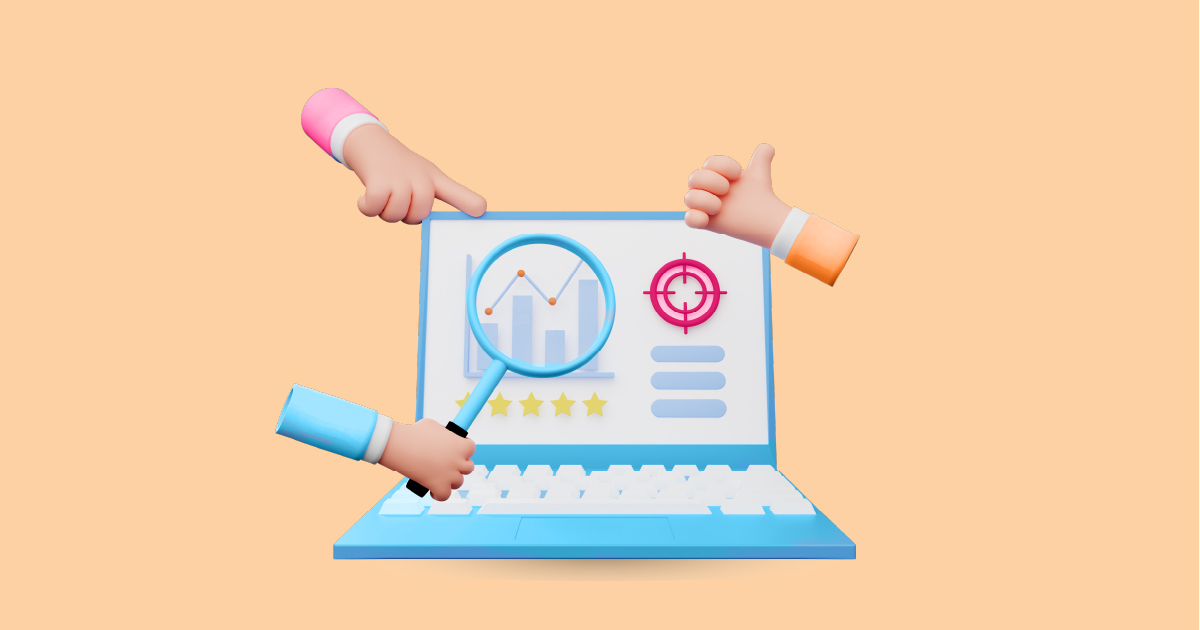In today’s fast-paced digital landscape, social media has emerged as a powerful tool for communication, marketing, and brand building. With billions of users actively engaging on various platforms, businesses cannot afford to overlook the significance of social media monitoring intelligence. This article explores the depths of social media monitoring intelligence, its importance, benefits, implementation strategies, and future trends.
Understanding Social Media Monitoring Intelligence

Social media monitoring involves the tracking and analysis of social media activities, conversations, and trends. It provides businesses with valuable insights into what people are saying about their brand, products, or services across different online channels. From Facebook and Twitter to Instagram and LinkedIn, social media monitoring encompasses a wide range of platforms and allows businesses to stay informed about their online presence.
The Role of Social Media in Business
Social media plays a crucial role in shaping brand perception, driving customer engagement, and influencing purchase decisions. In today’s interconnected world, consumers rely heavily on social media for product recommendations, reviews, and feedback. Therefore, monitoring social media activities becomes essential for businesses to understand their audience, identify trends, and respond effectively to customer inquiries and feedback.
Benefits of Social Media Monitoring Intelligence
- Insights into Customer Behavior and Preferences: By monitoring social media conversations, businesses can gain valuable insights into customer preferences, sentiments, and pain points. This information enables them to tailor their products and services to meet the needs of their target audience effectively.
- Reputation Management: Social media monitoring allows businesses to track mentions of their brand in real-time, enabling them to respond promptly to both positive and negative feedback. Effective reputation management can help mitigate potential crises and maintain a positive brand image.
- Crisis Management: In the event of a PR crisis or negative publicity, social media monitoring enables businesses to detect issues early and take proactive measures to address them. Timely intervention can help minimize the impact of crises and prevent them from escalating further.
- Competitive Analysis: By monitoring competitor activities and sentiments, businesses can gain valuable insights into market trends, consumer preferences, and emerging threats. This competitive intelligence empowers businesses to stay ahead of the curve and adapt their strategies accordingly.
Key Metrics and Indicators
- Engagement Metrics: Likes, shares, comments, and mentions.
- Sentiment Analysis: Positive, negative, and neutral sentiments expressed by users.
- Brand Mentions: Frequency and context of brand mentions across social media platforms.
- Influencer Identification: Identifying key influencers who can amplify brand messages and reach a wider audience.
Implementing Social Media Monitoring Strategies
To leverage the power of social media monitoring intelligence, businesses should follow these key steps:
- Setting Goals and Objectives: Define clear objectives for social media monitoring, such as improving brand awareness, enhancing customer satisfaction, or monitoring competitor activities.
- Choosing the Right Monitoring Tools: Selecting the appropriate tools and platforms based on your specific requirements and budget. Popular options include AIM Insights, Sprout Social, and Brandwatch.
- Developing a Monitoring Plan: Establish a systematic approach to monitoring social media activities, including frequency of monitoring, data analysis, and reporting mechanisms.
Case Studies
Several businesses have successfully utilized social media monitoring intelligence to achieve their objectives:
- Nike: Leveraged social media monitoring to gain insights into customer preferences and tailor its marketing campaigns accordingly.
- Starbucks: Used social media monitoring to track customer feedback and launch new products based on popular demand.
- Samsung: Implemented social media monitoring to monitor competitor activities and identify emerging trends in the consumer electronics industry.
Challenges and Solutions
While social media monitoring offers numerous benefits, businesses may encounter challenges such as data overload, accuracy issues, and privacy concerns. To overcome these challenges, businesses should:
- Dealing with Data Overload: Implement filters and algorithms to prioritize relevant data and focus on actionable insights.
- Ensuring Data Accuracy: Regularly validate data sources and invest in reliable monitoring tools with built-in data verification mechanisms.
- Addressing Privacy Concerns: Adhere to data protection regulations and ensure transparent communication with users regarding data collection and usage policies.
Future Trends
The future of social media monitoring intelligence looks promising, with advancements in technology such as AI and machine learning driving innovation in this field. Predictive analytics, sentiment analysis, and real-time monitoring capabilities will continue to evolve, providing businesses with deeper insights and actionable recommendations.
Conclusion
In conclusion, social media monitoring intelligence is a valuable tool for businesses seeking to understand and engage with their target audience effectively. By leveraging the power of digital insights, businesses can enhance their brand reputation, mitigate risks, and capitalize on emerging opportunities in the ever-evolving landscape of social media.
To experience the transformative capabilities of social media monitoring firsthand, we invite you to request a demo from AIM Technologies. Take the first step towards unlocking actionable insights that drive business growth and success.
FAQs
How often should businesses monitor their social media channels?
- The frequency of social media monitoring depends on various factors, including the size of the business, industry trends, and marketing objectives. However, it’s recommended to monitor social media channels at least daily to stay informed about relevant conversations and trends.
Can social media monitoring help identify potential crisis situations?
- Yes, social media monitoring enables businesses to detect early warning signs of potential crises, such as negative sentiment, customer complaints, or viral rumors. By identifying and addressing these issues promptly, businesses can effectively manage crises and protect their brand reputation.
What role does sentiment analysis play in social media monitoring intelligence?
- Sentiment analysis helps businesses gauge the overall sentiment of conversations surrounding their brand or products on social media. By categorizing sentiments as positive, negative, or neutral, businesses can assess customer perceptions, identify areas for improvement, and tailor their communication strategies accordingly.
How can businesses measure the ROI of social media monitoring efforts?
- Measuring the ROI of social media monitoring efforts involves tracking key metrics such as engagement rates, customer satisfaction scores, and conversion rates. By correlating these metrics with business outcomes such as revenue growth or cost savings, businesses can evaluate the effectiveness of their social media monitoring initiatives.
Are there any ethical considerations associated with social media monitoring?
- Yes, businesses should be mindful of ethical considerations such as data privacy, consent, and transparency when conducting social media monitoring activities. It’s important to adhere to relevant regulations and guidelines governing data protection and privacy rights to maintain trust and credibility with customers.




